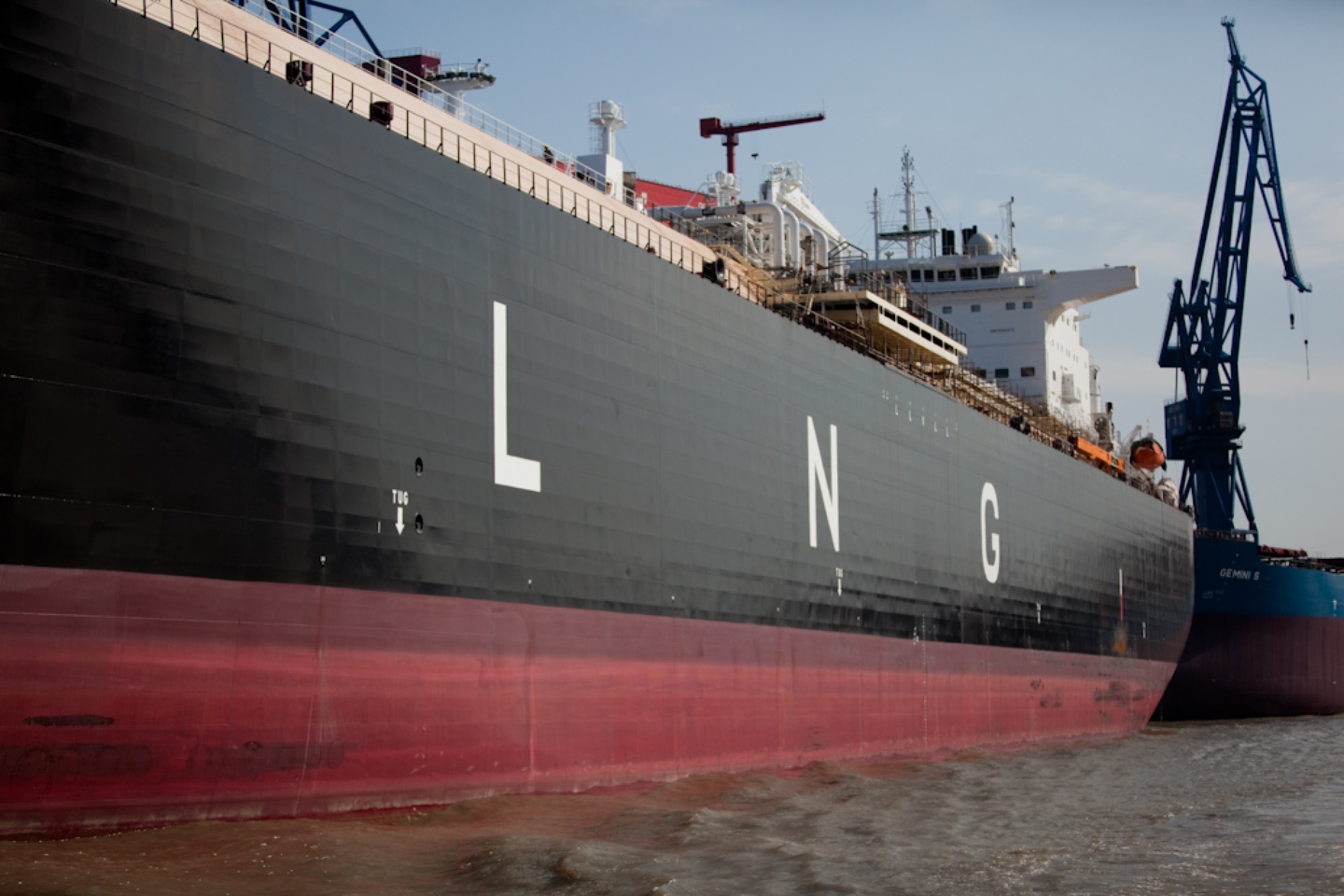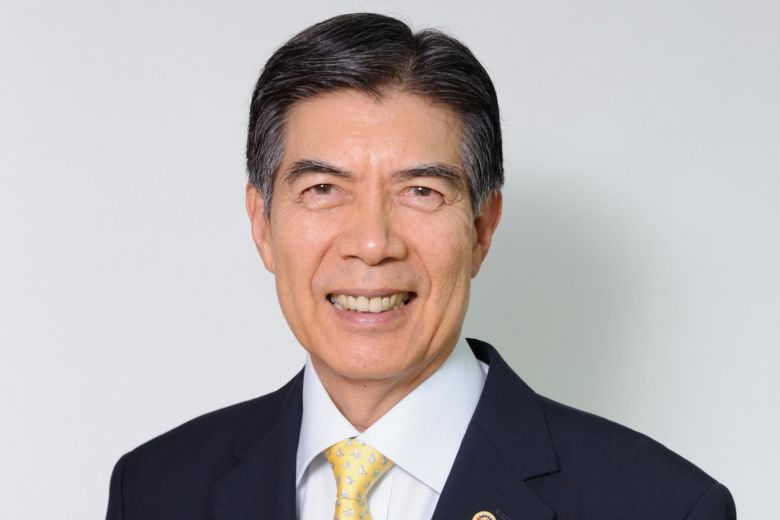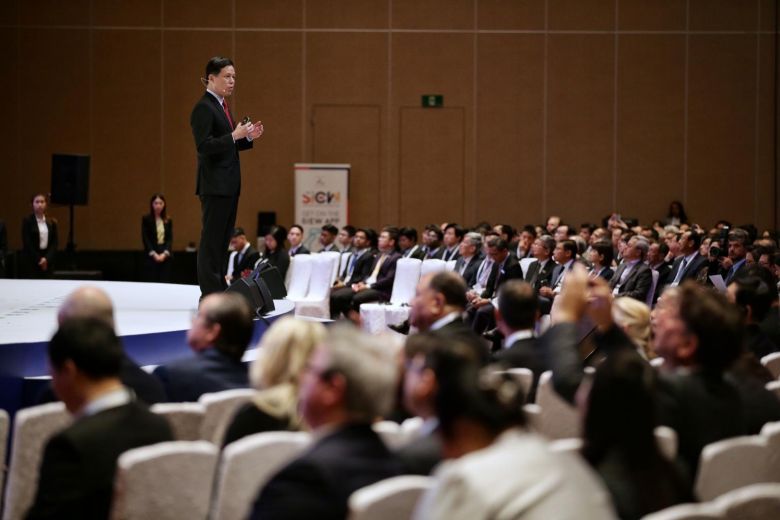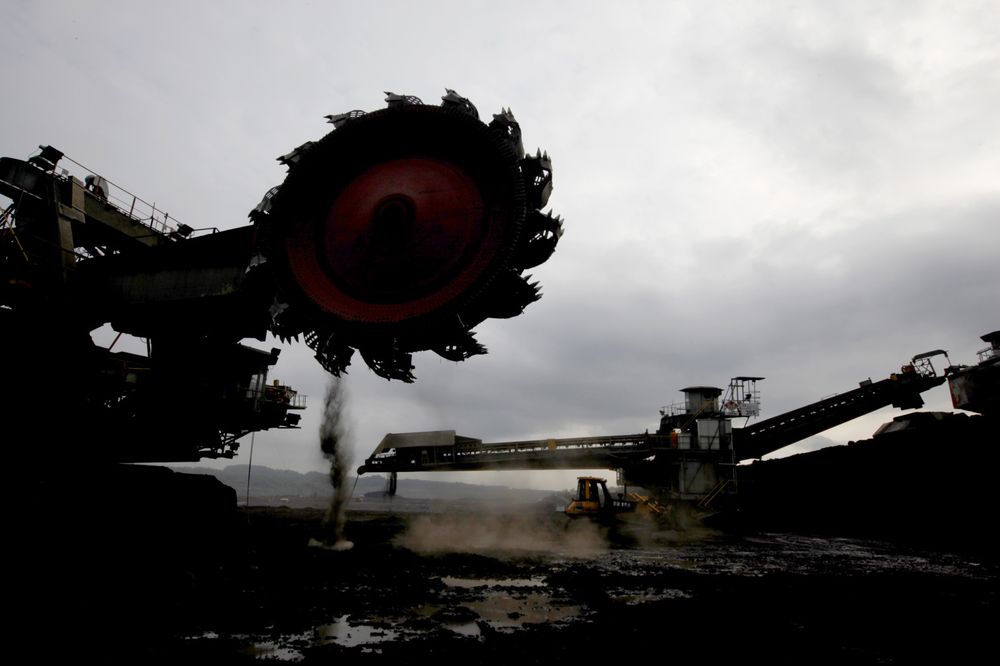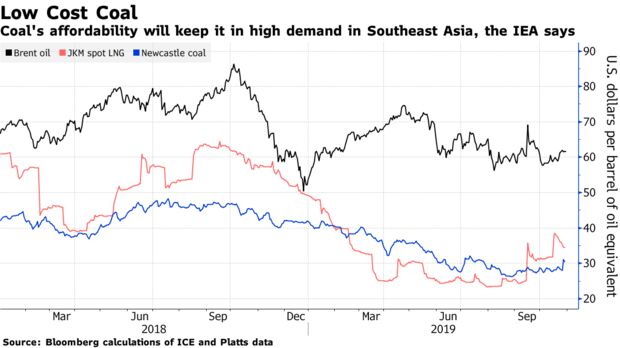- Oil & Gas
–
- Singapore
Fossil fuels will continue to form a “substantial part” of Singapore’s energy mix for the next 50 years, even as it ramps up deployment of solar power and looks at ways to tap regional power grids.
Today, 95 per cent of Singapore’s electricity is generated from natural gas and its dominance in the energy mix will continue for the next half-century, said the country’s Trade and Industry Minister Chan Chun Sing on Tuesday.
Speaking at the Singapore International Energy Week 2019, Chan did not specify how much Singapore would depend on natural gas—which emits 50 to 60 per cent less carbon-dioxide than coal when burnt—in future. But the fossil fuel will form one of four “switches” supplying Singapore’s energy needs, he said.
The other three “switches” are solar power, regional power grids, and emerging low-carbon solutions such as hydrogen and carbon capture, utilisation and storage.
Solar deployment in Singapore will hit at least 2 gigawatt-peak (GWp) by 2030, up from 0.262GWp in the second quarter of this year. The authorities plan to install more solar panels on rooftops, reservoirs and offshore. The target of 2GWp would make up more than 10 per cent of Singapore’s peak daily electricity demand today.
To support the growth in solar capacity, Singapore will increase its energy storage systems to about 200 megawatts beyond 2025, said Chan. This will address the intermittency of solar and help manage mismatches between electricity supply and demand.
Singapore’s Energy Market Authority said it could tap a regional power grid through bilateral or regional cooperation. Eight cross-border interconnections currently operate in Southeast Asia, most of which trade electricity generated from hydropower. The only multi-lateral grid is one that links Laos, Thailand and Malaysia.
The carbon and energy budget, and role of hydrogen
The energy supply sector is the largest contributor to global greenhouse gas emissions globally, which scientists have said must sharply decline by 2030 for the world to avert the most disastrous effects of climate change.
Singapore aims to have its emissions peak around 2030, but some have called for city-state to adopt more ambitious climate targets and legislate emissions to peak well before 2030, and reach net-zero by 2050. Chan said on Tuesday that Singapore is disadvantaged when it comes to alternative energy. The country will, however, ensure it reduces and manages energy consumption “in order to balance our budget constraints in terms of carbon and energy”.
Chan highlighted the role of urban design in managing energy demand.
Urban planners can help cut the amount of time and energy spent ferrying people and goods around, and this is something to mull over as Singapore redevelops its industrial and housing estates. And while it is relatively easy to construct new buildings that are zero-carbon, challenges and business opportunities lie in converting existing buildings and previously developed sites into energy-efficient precincts, he said.
On Singapore’s “four switches”, Dr Lucy Craig, risk management and quality assurance company DNV GL’s vice-president and director of technology and innovation (energy), said the growth of solar will be very important for Singapore to reduce its dependence on fossil fuels.
“I’d say there’s room for more (solar) deployment,” she told Eco-Business. DNV GL expects solar to supply around 20 per cent of Southeast Asia’s electricity by 2050. While Singapore faces land constraints, solar technology will develop over the next decade to increase the area on buildings and water bodies that can be used for solar power generation, she said.
Many speakers at SIEW 2019 noted the potential of hydrogen as a clean fuel but said it is currently too expensive. In addition, 90 per cent of hydrogen today is produced using fossil fuels, said Francesco La Camera, director-general of the International Renewable Energy Agency.
DNV GL, in its Energy Transition Outlook 2019 report, sees hydrogen forming 2 per cent of the world’s energy mix by 2050.
“Certainly, hydrogen has a key role to play in addressing some issues that arise about long-term (energy) storage, particularly in some areas where there may be seasonal gaps in the production of wind, for example,” said Craig. “Right now, it’s not a cost-effective solution but given the level of interest and number of pilot projects, I expect hydrogen will have an increasing role to play in the coming decades.”


